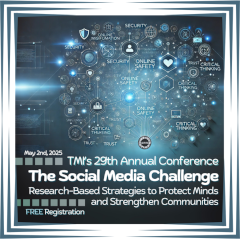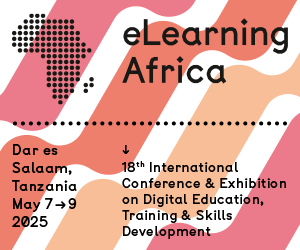Blended Learning in New Zealand
Auckland, November 2005 - The latest statistics from the Internet World Stats website claim that New Zealand has the second highest penetration of Internet access per head of population in the world at 77.6%. While the precision of this claim may be disputable, the clear indication is that NZ has a highly connected population, and that it is reasonable to expect tertiary students to have an even higher incidence of Internet access. To maintain a credible reputation as a provider of tertiary education, online learning has become an expected part of an institution's delivery mix.
The Auckland University of Technology was only accorded university status in the year 2000, and the last three years has seen a rather frantic pursuit of those two identifiers- university and technology. The tension between building a research culture to fit the status and to make best use of the technology that befits the name, has been managed by implementing the model of support for online learning developments.
Since the University has primarily an on-campus, face-to-face student population, these developments have been mainly to support a blended learning rather than a distance learning environment. Advisory services are provided by the Centre for Educational and Professional Development, a signal that this is valued as a -˜learning and teaching' service rather than an IT service.
Mark Northover will present the actual learning situation on ONLINE EDUCA BERLIN. He has come from a background as a secondary school teacher into staff development in IT in the tertiary sector and for the past eight years has been involved in the support and development of online learning initiatives. The past two years he has served as the Manager of the Flexible Learning Services at AUT - a service which in those two years has grown from delivering about fifty active courses to providing about 1,000 active courses across all teaching disciplines. While there is still a long way to go to embed pedagogies and assessment strategies that best reflect the worth of this environment, the prolonged growth suggests that flexible learning adds far more value to students than mere gimmickry.
The presentation will include a range of examples of course designs and media developments that have emerged from the growth of flexible learning delivery at AUT. It will also acknowledge some of the key challenges still facing the Flexible Learning Team.










